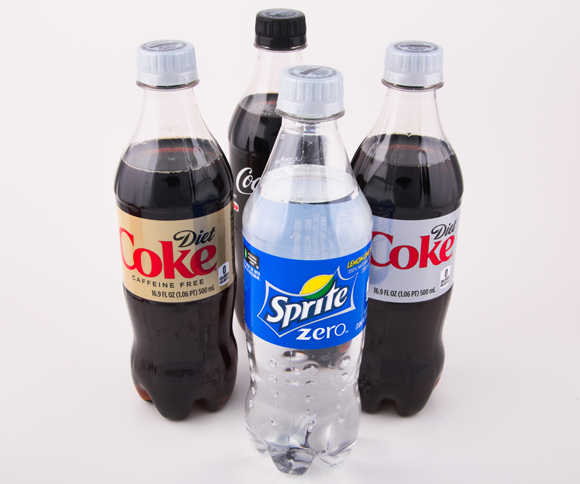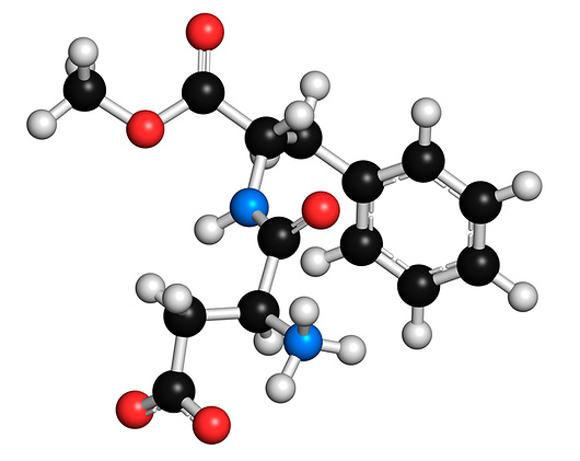The World Health Organization is set to announce that the common artificial sweetener may be a potential carcinogen. We delve into the implications of this announcement.
This week, reports circulated in the media that the International Agency for Research on Cancer (IARC) of the World Health Organization is set to declare on July 14th that the artificial sweetener aspartame is potentially carcinogenic. These reports, resembling fear-mongering rumors, have spread rapidly. Numerous news websites, largely citing the same source - the Reuters news agency, have caused concerns and raised doubts about the safety of consuming beverages sweetened with aspartame.
Artificial sweeteners are extensively utilized in the worldwide food and beverage industry. Discussions surrounding the safety of their consumption have been ongoing for a some time and will likely continue into the future. Periodically, news and statements emerge attributing various health risks to artificial sweeteners. However, it's crucial to note that to date, no studies have conclusively demonstrated a risk associated with reasonable consumption of artificial sweeteners.
A 2022 review by the World Health Organization suggested there's no correlation between the consumption of artificial sweeteners and various types of cancer, save for a link between the sweetener saccharin and bladder cancer. It's also important to note that even in animal studies, where the subjects were given massive quantities of aspartame, no concisuve evidence of its carcinogenic properties was found.
Aspartame is an artificial sweetener composed of two amino acids and possesses a sweetness approximately 200 times greater than sugar. The compound was discovered in 1965 and subsequently approced for use by the United States Food and Drug Administration (FDA) in 1974. Over time, it has obtained approvals for various uses and was recpgnized as a safe additive for all types of food in 1996. In the European Union, aspartame was given the green light in 1994. In 2013, as part of an extensive review of all dietary supplement approvals, it was once again endorsed as safe for use.

A 2022 review suggested that there is no correlation between the consumption of sweeteners and cancer (except for saccharin). Bottles of diet drink containing artificial sweeteners | Darryl Brooks, Shutterstock
The Rating System
The International Agency for Research on Cancer (IARC), the specialized cancer agency of the the World Health Organization of the United Nations, classifies cancer risk from exposure to various substances using a four-tiered system:
• Group 1: Definitely carcinogenic to humans - This group includes 126 substances or agents such as the papilloma virus, ionizing radiation, alcohol, and tobacco smoke, which have been proven to cause cancer in humans.
• Group 2: Substances with varying degrees of evidence, stronger or weaker, regarding their carcinogenicity, further divided into two subgroups:
• Group 2A: ‘Probably carcinogenic to humans’ - This subgroup comprises 94 substances and agents that are probably carcinogenic in humans. Examples include anabolic steroids and occupations involving night shift work.
• Group 2B: ‘Possibly carcinogenic to humans’ - This subgroup consists of 322 substances and agents that may have carcinogenic potential in humans. Examples include sulfur, aloe vera extract, and traditional Asian pickles.
• Group 3: ‘Not classifiable as to its carcinogenicity to humans’ - This group encompases approximately 500 substances and agents that are not classified as carcinogenic. This category is used when there is insufficient information available or when the evidence is inconclusive. For instance, this group may include items such as light emitted from fluorescent lamps.
it is important to note, as stated in the agency's official documents, that the classification of a substance or agent does not indicate the level of risk associated with specific exposure levels or particular exposure circumstances. Instead it only reflects the strength of the evidence available. In essence, the IARC does not determine tha level of exposure that is considered harmful, even though such information is crucial when dealing with hazardous substances. Public health officials and decision-makers need not only to understand whether a substance might cause cancer, but also whether the likelihood of it being carcinogenic is high, since the gap between the two possibilities can be significant.
Moreover, the categorization can sometimes lead to confusion. For instance, coffee falls under Group 3, yet it contains a compound called acrylamide, which belongs to Group 2A. So, is coffee safe to drink, or is it potentially carcinogenic? The reality is that the context, nature, and extent of exposure, which are critical in risk assessment, are not taken into account in this classification system.

Reaching the unsafe consumption threshold of the sweetener is challenging, if not impossible. Aspartame molecule | Molekuul, Science Photo Library
Quantifying the Risk
To comprehend the actual risk, let's analyze the numbers. The European Food Safety Authority (EFSA) has established a safe daily intake of aspartame as approximately 40 mg per kg of body weight. A recent European study found that aspartame concentrations in soft drinks range between 30 and 527 mg per liter. Considering a standard can of soda is around 355 ml, a 75 kg person who can safely consume around three grams of aspartame daily would need to consume nearly seven liters a day (approximately 16 cans) of the sweetest drinks, and considerably more of those with lower aspartame concentrations, to approach a dosage considered as potentially dangerous. It is highly unlikely that a reasonable person would consume such amounts, and if they do, they might succumb to water poisoning or caffeine toxicity long before developing cancer becomes a concern.
Several recent literature reviews have examined the potential connection between aspartame and cancer. The majority of these reviews have consistently dismissed such a link, citing insufficient evidence for a link, flaws in research methodology, or concluding that aspartame consumption is not carcinogenic. A few reviews suggested the existence of a correlation, but these might be subject to selection bias, such as skewed data collection from studying a population already at a high risk of cancer such as diabetics, or the influence of various biases in observational studies that hinder accurate analysis of the results.
This is the first time the International Agency for Research on Cancer has examined aspartame and subsequently classified it. The specifics of the classification remain undisclosed until its publication. We should wait for the official announcement and the accompanying explanations to understand the implications and their significance to and ascertain whether any new information has indeed emerged.
It's prudent to be patient and maintain a healthy degree of skepticism. What might be the potential practical impact of this announcement? Probably not very significant. According to the organization's rating system, cigarette smoking is equivalent to drinking beer or working near a firepit, with no consideration for the degree of exposure or the method of intake. In this context, it is crucial to recall the words of the Swiss physician and alchemist Paracelsus, who stated that "dosis sola facit venenum" - only the dose makes the poison.
